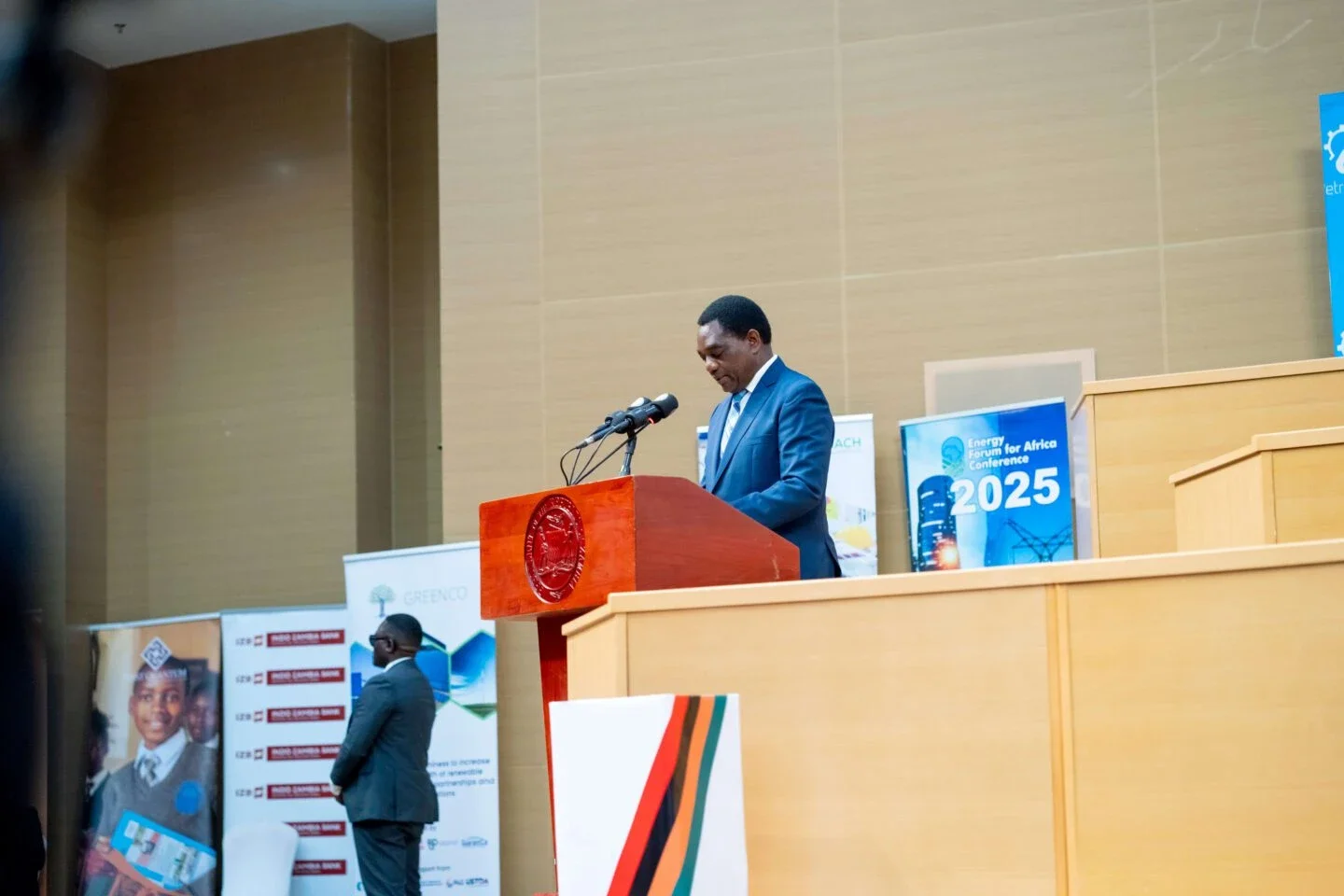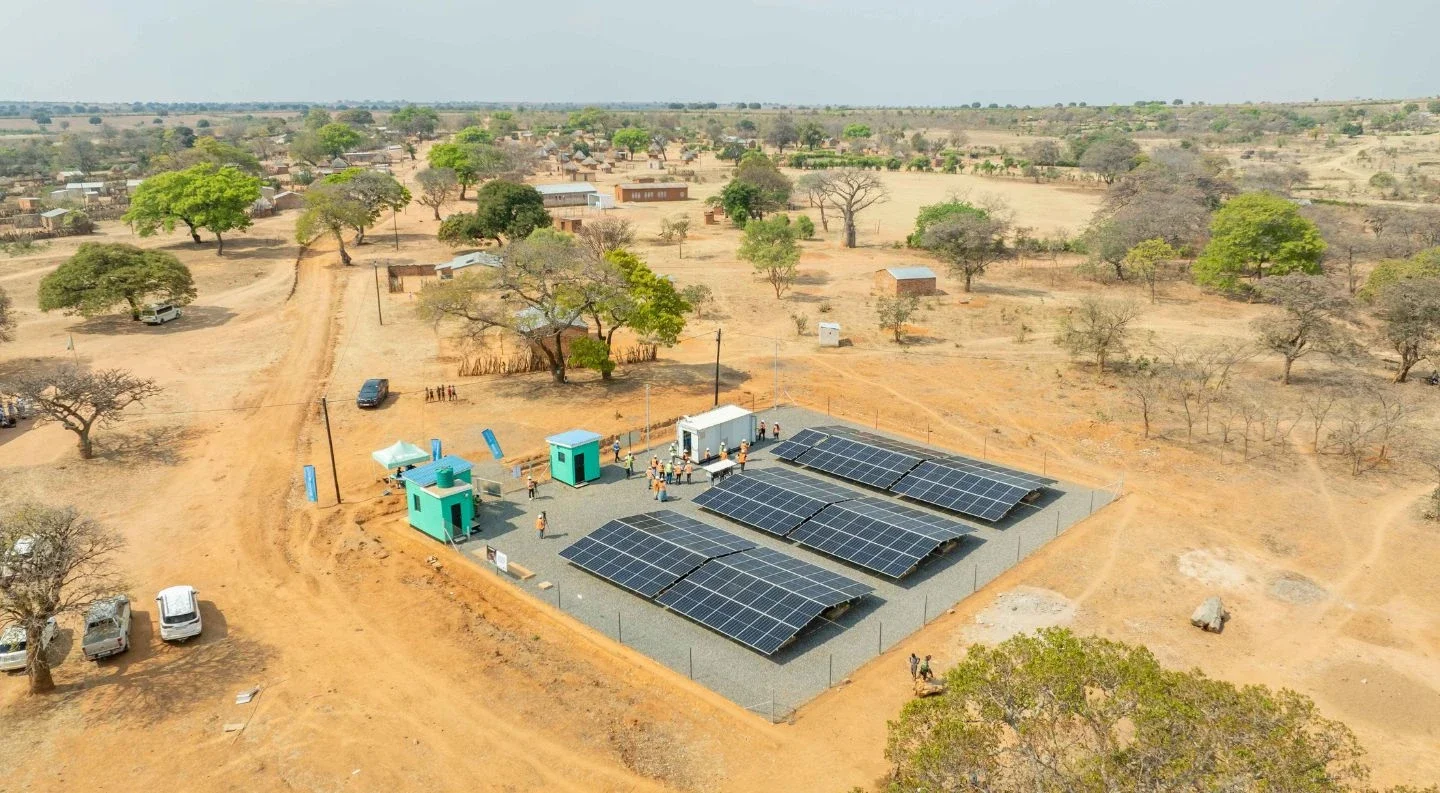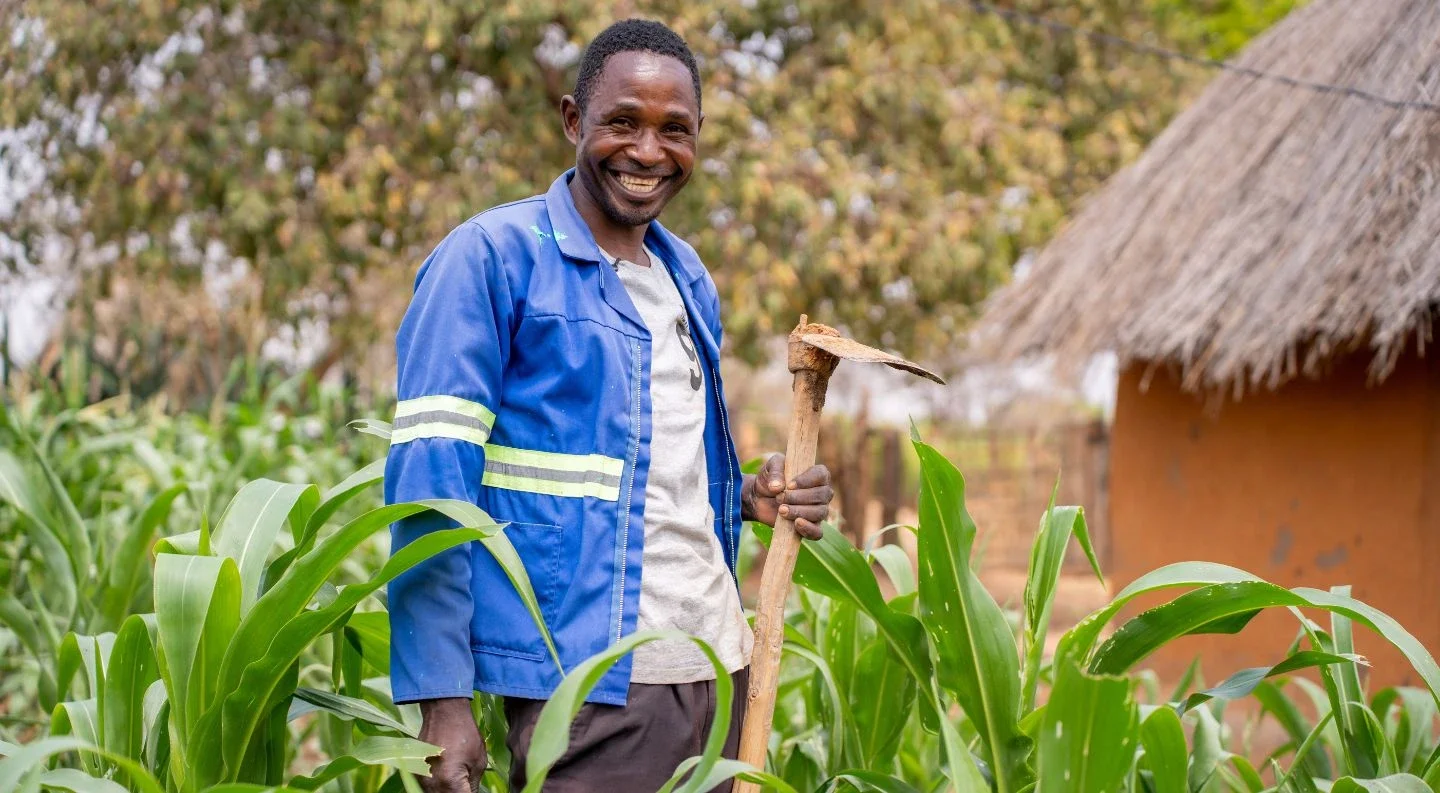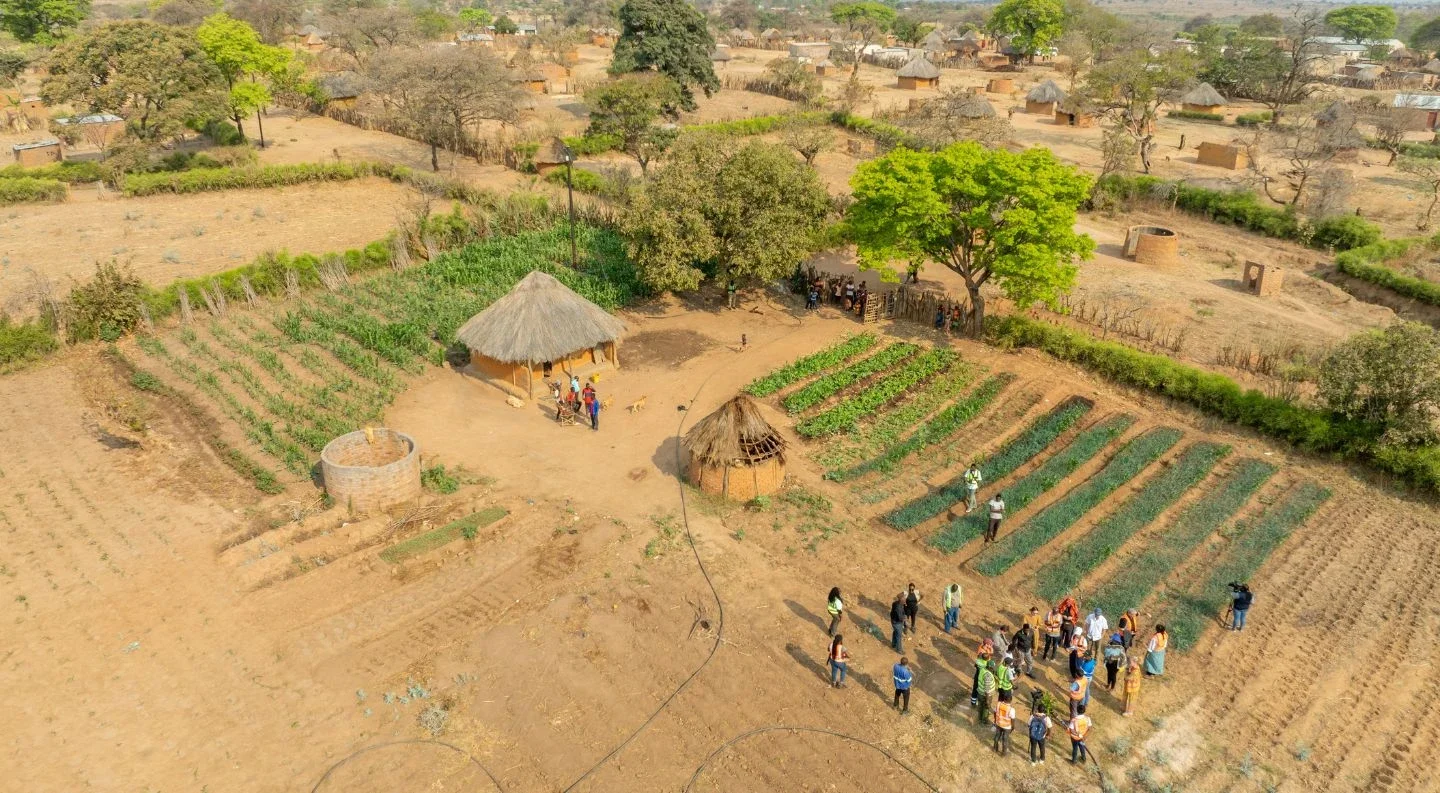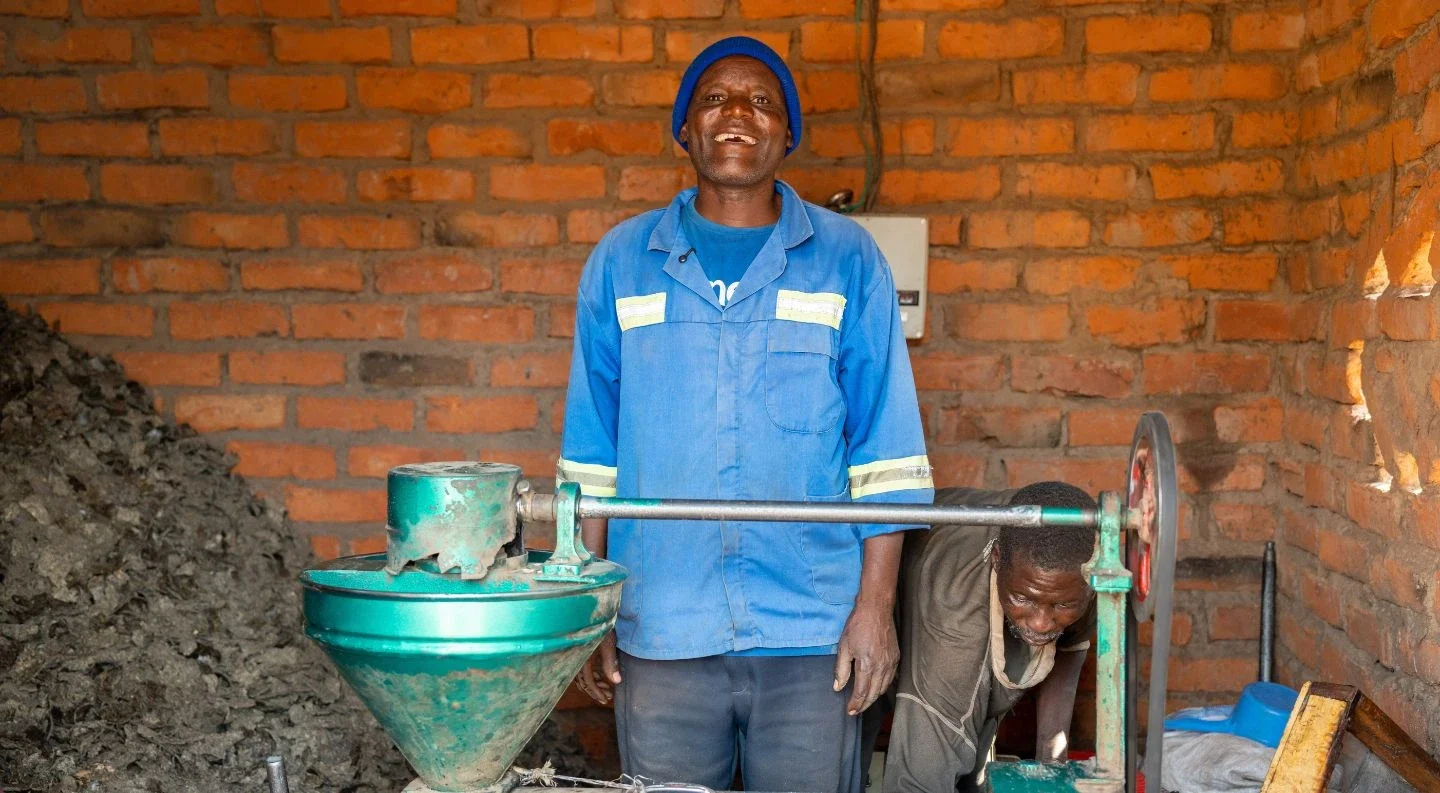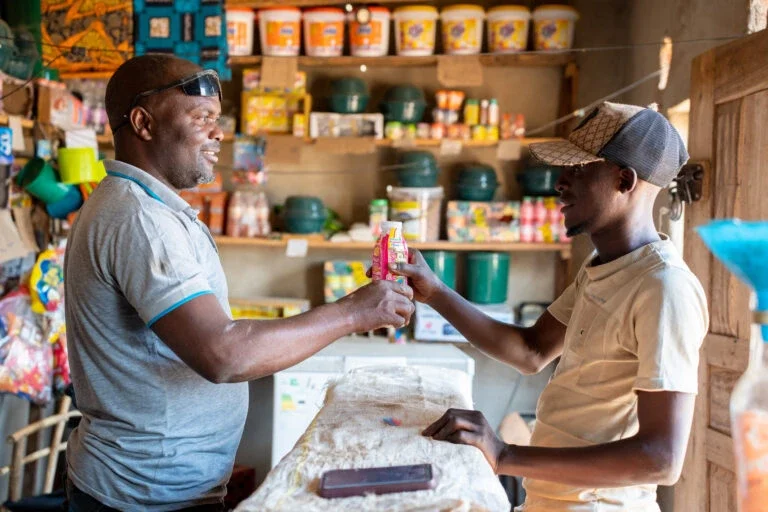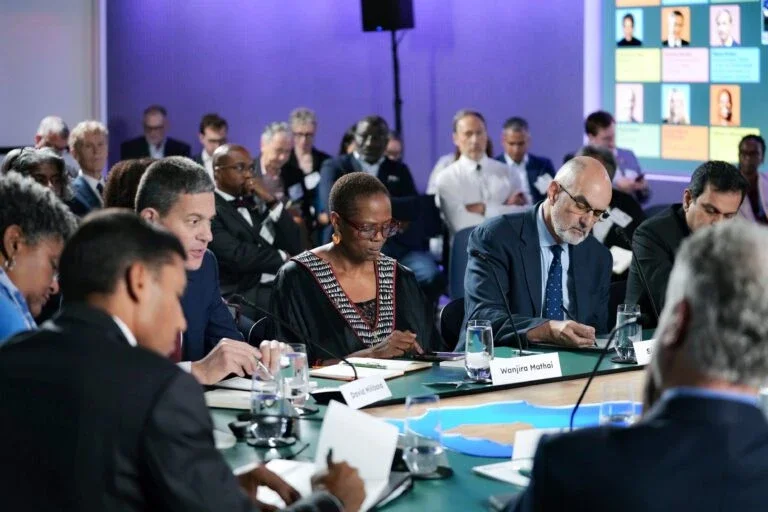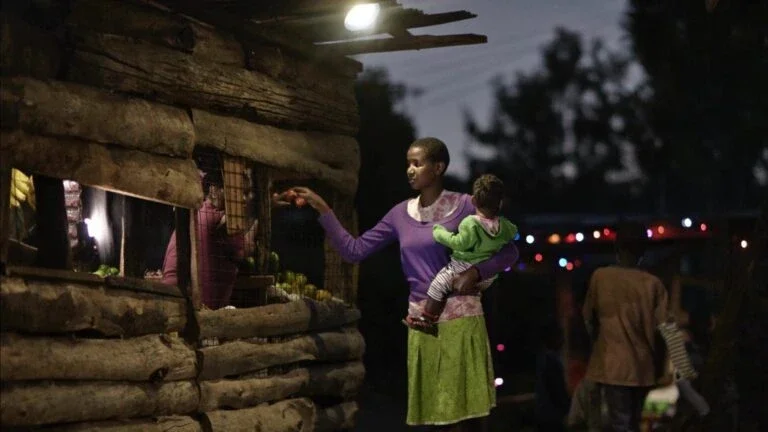For remote communities like Petauke, it would take a lifetime for the national grid to reach them.
Andrew HerscowitzCEO of Mission 300
Mini-grids change that, bringing power and opportunities to communities within a few months.
Zambia Mission 300 Progress at a Glance
- 0MillionMillion
Zambians targeted for new electricity connections through Mission 300
- 0MegawattsMegawatts
new public solar power projects under commission across seven provinces in 2025
- 0Mini-Grid InitiativeMini-Grid Initiative
ambitious plan to connect 1 million rural Zambians
